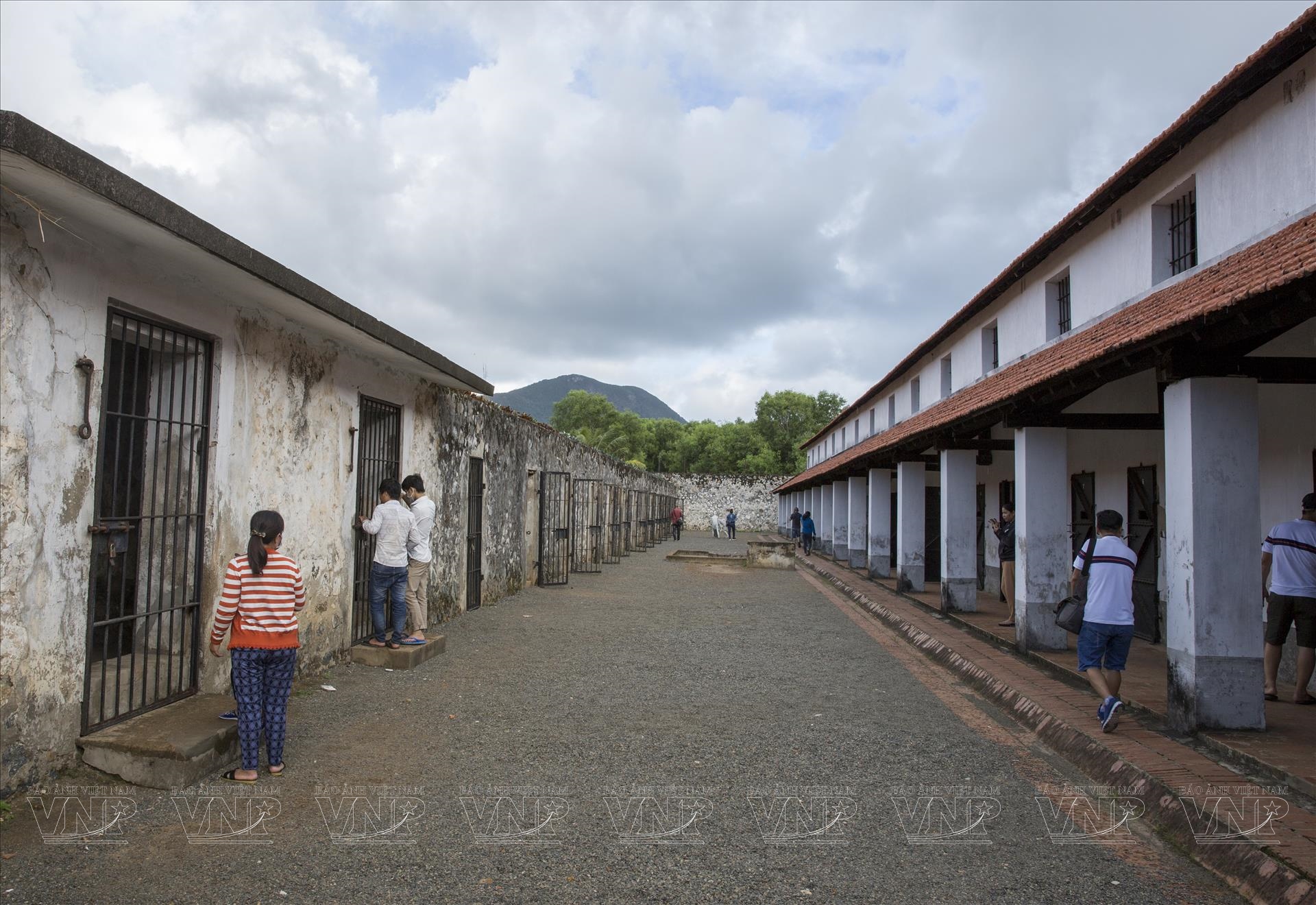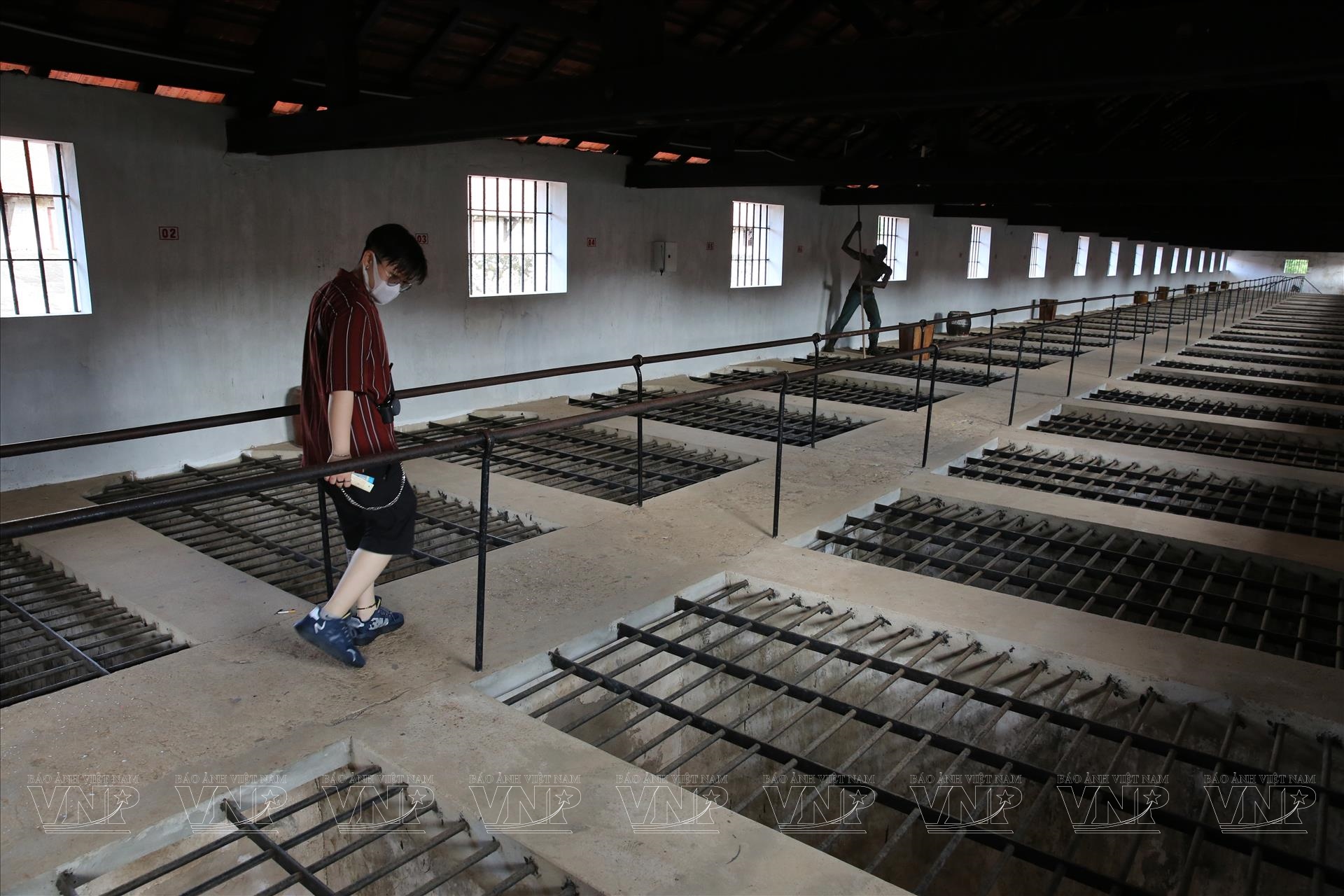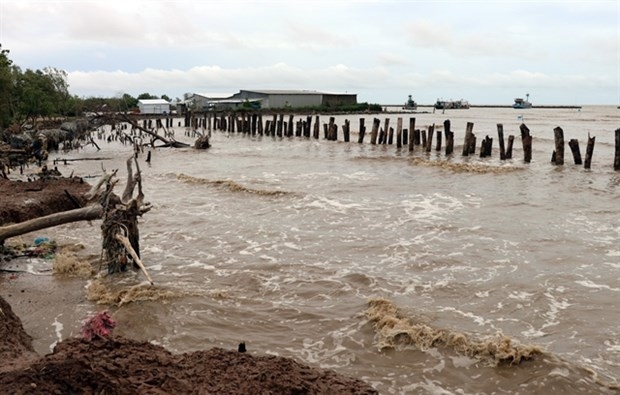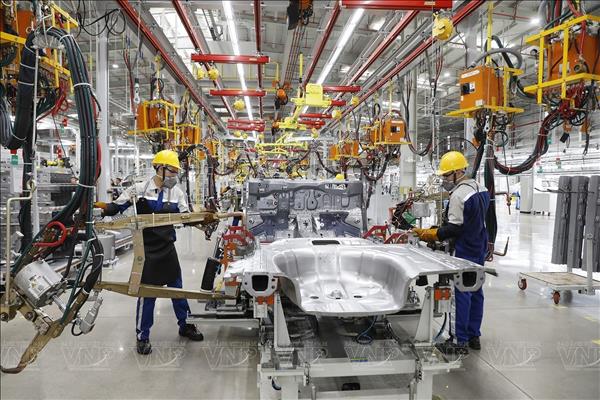Con Dao Prison (Con Dao District, Ba Ria - Vung Tau Province) is likened to the "Communist School" - a place where the qualities and willpower of revolutionary soldiers were forged during the resistance against the French and the Americans.
On February 1, 1862, Governor Bonard in Southern Vietnam signed a decision to establish Con Dao Prison. The French colonial authorities chose Con Dao as the site for the prison because it was far from the mainland, lacked transportation, and, crucially, prisoners could not easily escape.
The French colonialists and the Republic of Vietnam constructed 127 cells, 42 tiger cages, and 504 isolated cells (also known as tiger cages) on Con Dao. After the reunification of the country in 1975, the function of the prison system in Con Dao was dissolved. In 1979, the Con Dao Historical Site was ranked as a national monument by the Ministry of Culture and Information, comprising 17 component monuments.
The tiger cage is the name of the detention camp built by the French colonial authorities and the Republic of Vietnam regime to imprison communist figures and those who opposed the colonial government during wartime.
The French-era Con Dao prison system included detention camps such as Bagne I (Phu Hai Camp), Bagne II (Phu Son Camp), Bagne III (Phu Tho Camp - Isolated Tiger Cages), and Bagne III auxiliary (Phu Cuong Camp, Isolated Cowshed, Tiger Cage) covering an area of over 12,000m2 with 10 large blocks (big cells), 20 stone dungeons, 1 special block, rice grinding dungeon, and a stone-pounding area.
The tiger cage during the French era, where prisoners "lived worse than death," was a particularly horrific place within the prison. Above the tiger cage were iron bars for easy surveillance of prisoners. Those with intentions of resistance would be beaten with sticks from above, and lime powder would be scattered to torture them.
Moreover, the tiger cage also had a system of open-roof cells, known as the "sunbathing rooms." The torture method involved prisoners stripping naked and lying exposed to the intense sun and rain.
Rising above the physical and mental pain, the fierce struggles of revolutionary soldiers within the prison took place vigorously, in various forms such as hunger strikes, writing petitions, demanding a reduction in unjust suffering, abolishing beatings, calling for an improvement in living conditions and being able to receive letters, books, and newspapers. However, the prisoners' struggles were ruthlessly suppressed.
Additionally, movements against the Communist Party rebellion, anti-flag saluting campaigns, etc., occurred continuously with the participation of thousands. With the policy of transforming the prison into a revolutionary school, many comrades, upon leaving prison, became high-ranking officials of the Party and the State.
Con Dao Prison has etched itself into the hearts of the Vietnamese people with unending pain and resilience. It is also a source of national pride as nothing could conquer the love for the country, the belief in the Party, Uncle Ho, and the unwavering faith in the victory of the Vietnamese Revolution in each communist soldier./.






















